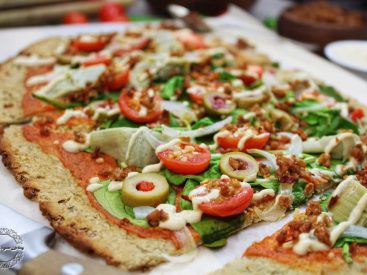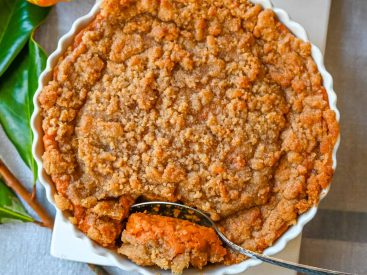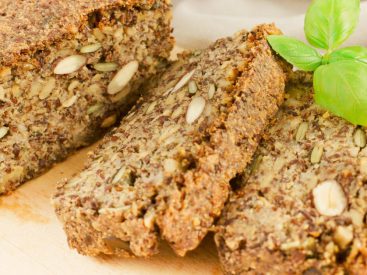Stuffed pepper boats are served with quinoa and lentils with Mediterranean and Mexican flavors (Photo by Yakir Levy) Stuffed vegetables are popular these days because eggplant, peppers, zucchini and tomatoes, which are perfect for stuffing, are at the height of their seasons. Usually the stuffings are made from meat, […]
Delicious!
Delicious!



